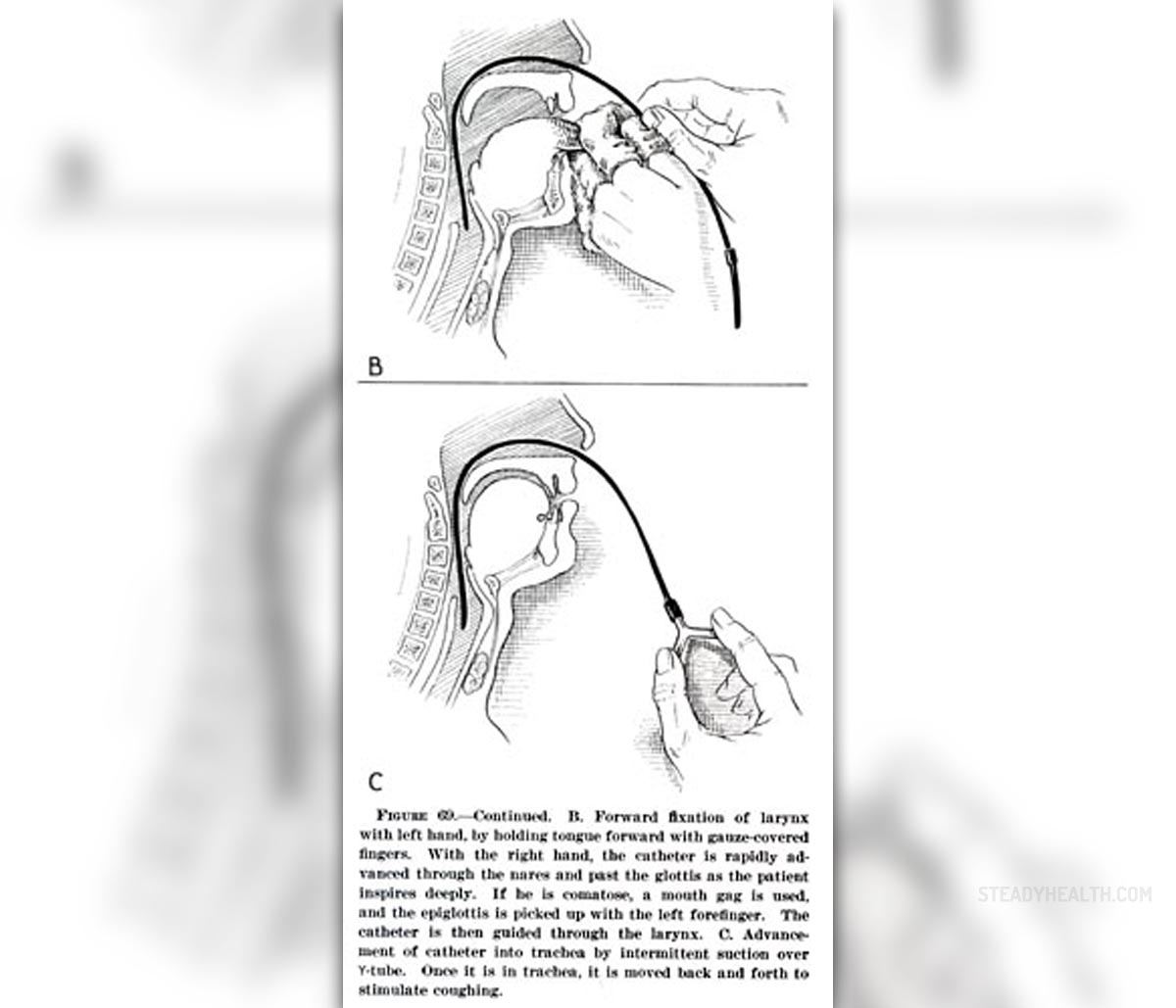
Tracheal Intubation
Tracheal intubation is a medical procedure in which a plastic catheter is placed into the trachea to provide with proper supply of the body with oxygen. The catheter is most commonly placed through oropharynx, across glottis, through larynx and finally into the trachea. This is orotracheal intubation. Another way of intubation is nasotracheal intubation. In this type of intubation the catheter is placed through the nasal cavity, across the glottis, through larynx and into the trachea. And finally, the catheter can be placed through a hole which is made in cricoid cartilage of the larynx. Cricothyrotomy and insertion of the catheter through cricoid cartilage is performed only in emergency situations in case the first two options cannot be performed. If none of the previous intubations can be conducted the only option that is left is tracheotomy, which is the direct opening of the trachea.
Tracheal intubation has been used for many years. It is highly effective and can be performed easily. This procedure is routinely performed after administration of general anesthesia. It can be also done in patients who are awake but with previous application of topical anesthesia. Adequate tracheal intubation can be done only with the assistance of conventional laryngoscope. This instrument helps in visualization of the path of intubation and prevents accidental placement of catheter into esophagus.
After the catheter has been placed into the trachea it needs to be fixated. This is achieved by inflation of a cuff which is located at distal part of the catheter. The proximal part of the catheter is fixated to the face or neck and the proximal ending can be, if necessary, connected to a breathing circuit, bag valve mask or even a mechanical ventilator.
Complications of Intubation
The person who performs intubation has to be well-experienced. This is rather invasive and specific procedure which carries certain amount of risk related to the damage of some organs. If intubation is not performed adequately the consequences can be fatal.
The most common problems regarding intubation include dental trauma and spasm of the larynx. In severe cases, even perforation of the trachea or the esophagus may occur. Perforation of these organs affects people who are already suffering from some structural abnormalities of the trachea or the esophagus.
The patient can aspirate content from the stomach or foreign bodies. Jaw and some of the laryngeal cartilage can dislocate. Even paresis of vocal cords can occur if recurrent laryngeal nerve is damaged. In extreme cases there is even a chance of dislocation and fracture of the cervical spine.
If the treatment is not performed on time the patient can develop hypoxemia or hypercapnia.
In some patients there is even possibility of increased blood pressure and arrhythmias, increased intracranial pressure and increased intraocular pressure.
Later complications include tracheomalacia, formation of fistulas and stenosis of the glottis and trachea.



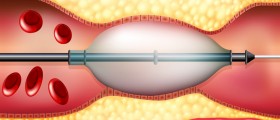
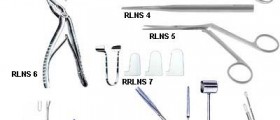

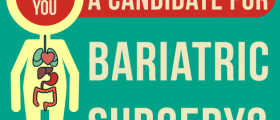





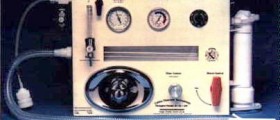


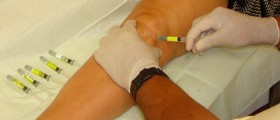

Your thoughts on this
Loading...